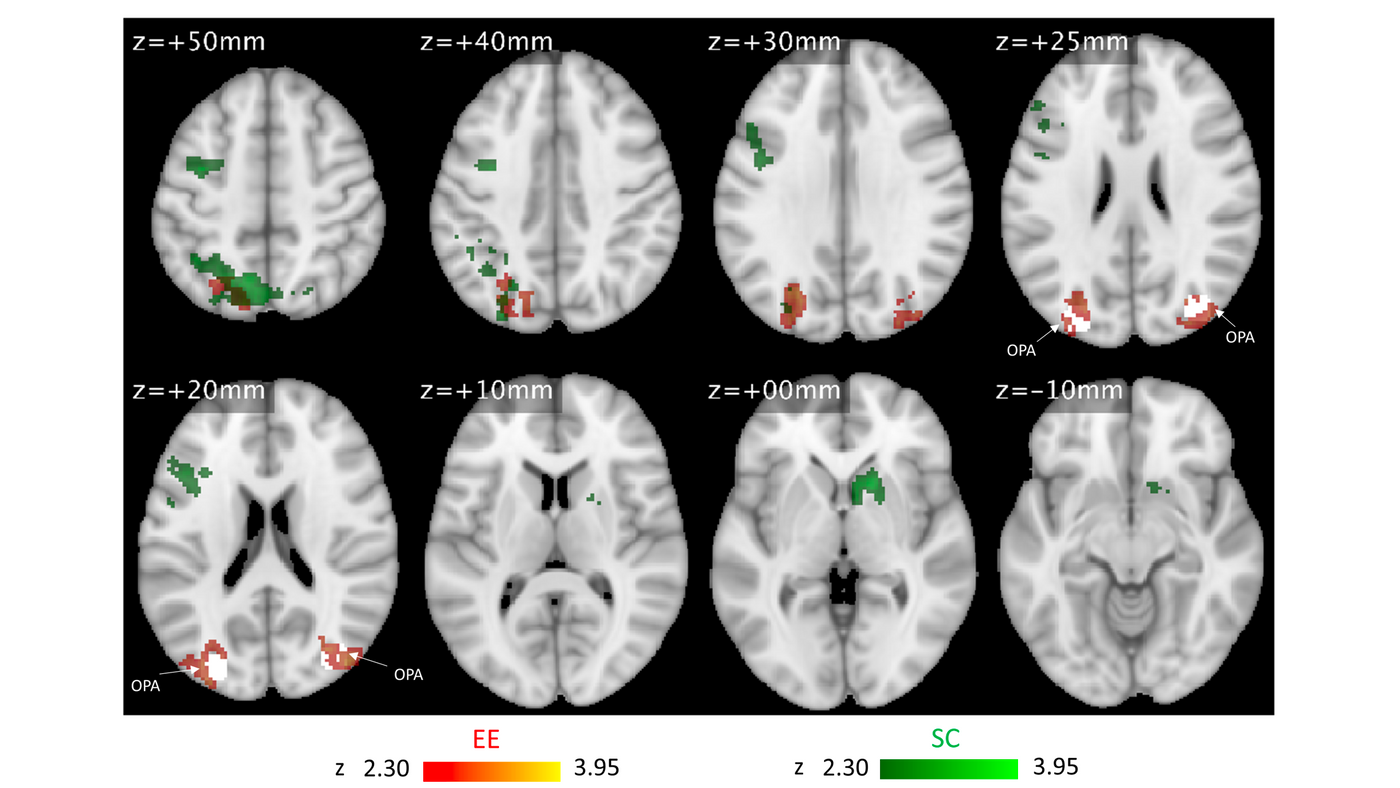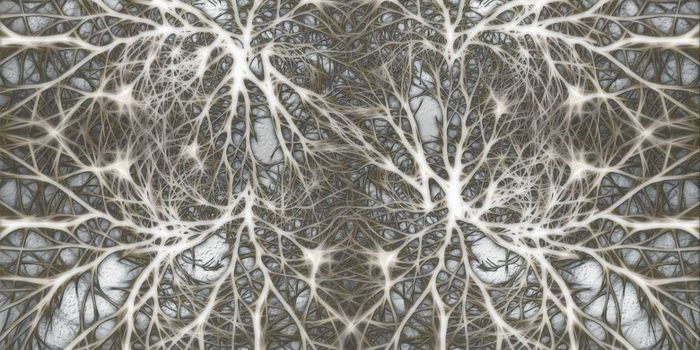Sonic Mapping: Echolocators Redefine Visual Cortex
Most of us perceive our world in designated brain areas for each sensory modality. Thanks to its unique plasticity, the visual areas of a blind person’s brain are prime real estate ready for development.
Researchers Norman and Thaler of Durham University in the UK examined the special abilities of human echolocators in a new paper published in the Journal of Neuroscience. These are blind individuals with the ability to navigate their world using click sounds made by their mouths, hearing the resulting echoes, and using that information to sense objects and the shape of their environment.
To investigate what sets echolocators apart, the researchers measured the brain activity of sighted controls, blind controls, and echolocators using functional magnetic resonance imaging (fMRI). During a brain scan, participants heard the clicks and echoes of a space being navigated.
Image Credit Norman & Thaler 2023 J. Neuroscience, via Creative Commons – Attribution (CC BY) license any version arising
The image above portrays fMRI brain maps. Blood flow, a measure of cellular activity, is overlaid in color. Echolocators (EE; red) and sighted controls (SC green) were played audio of clicks navigating a route or the same audio scrambled beyond recognition. When the activity in response to the scrambled audio was subtracted from that of the navigated route, the remaining splotches of color reveal differences in brain function.
Interestingly, visual areas of echolocators were engaged by route navigation sounds. The occipital lobe, is located on the back of our head and roughly the bottom fifth of these brain maps. Engaged areas included the primary visual cortex and the occipital place area (OPA). The OPA has recently been identified as an area responsible for providing an internal representation of the boundaries in our environment, like walls or obstacles. It was thought to only interpret visual information.
Remarkably, the OPA of echolocators actively constructs an internal representation of the natural boundaries of a space, even in the absence of visual information. Seems like the OPA is open to any spatial information it can get.
These findings provide valuable insights into the fascinating world of human echolocation and how the brain can harness its inherent flexibility to overcome challenges. By unraveling the mysteries of this extraordinary organ, we gain a deeper understanding of our capabilities and boundless potential.
Sources: Journal of Neuroscience, Current Biology









